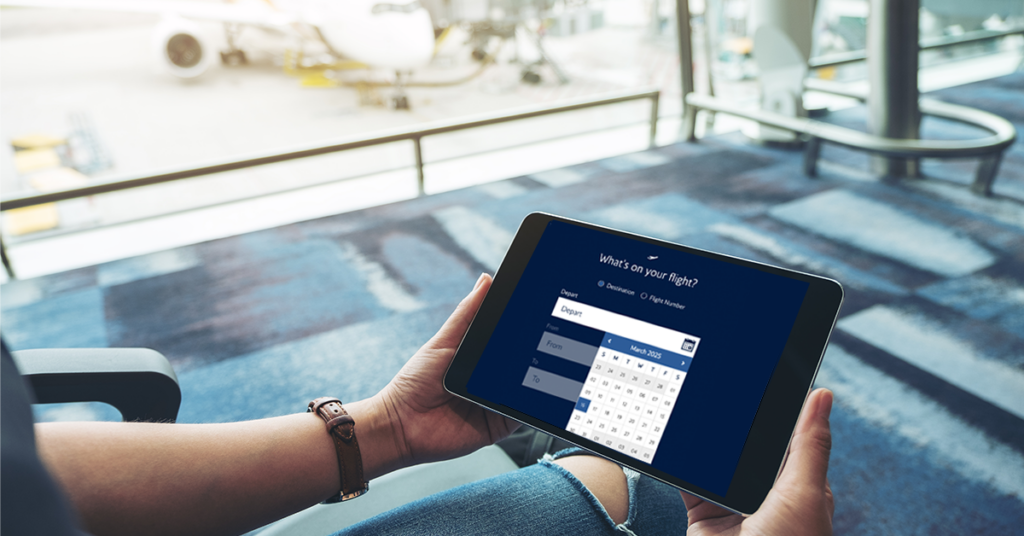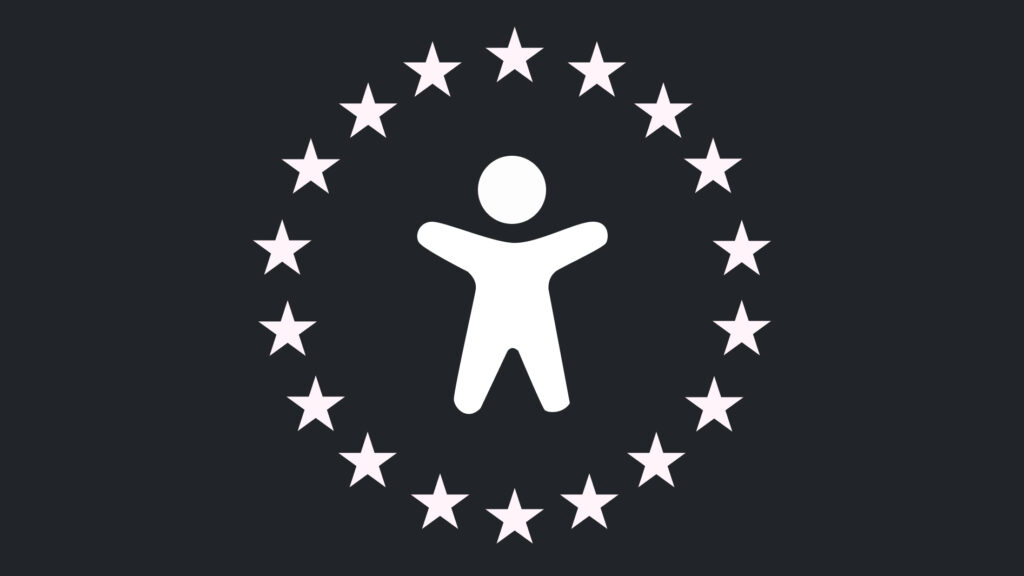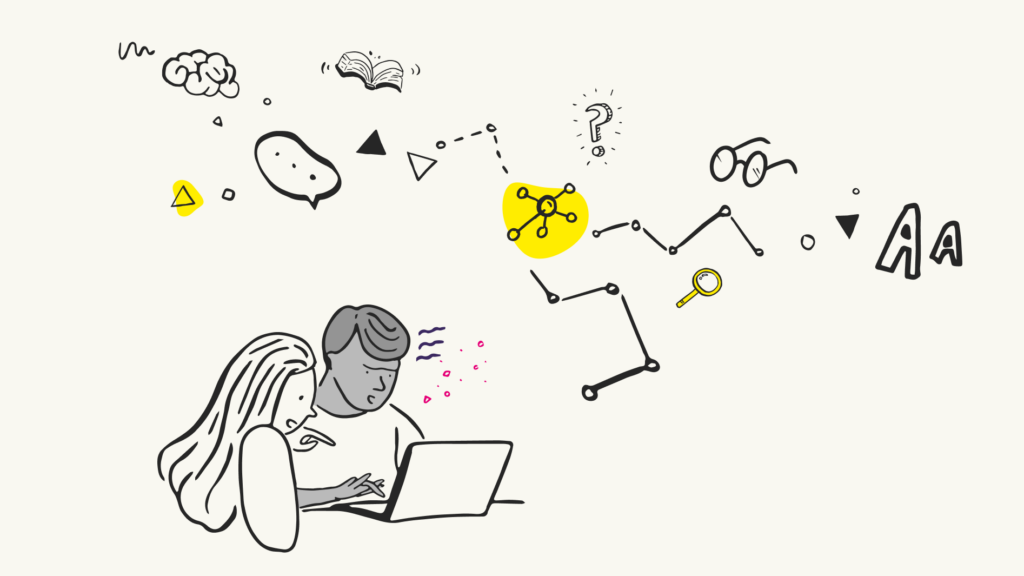Many organisations think of digital accessibility as a tick box exercise rather than an opportunity to improve their bottom line.
They focus too much on meeting their legal obligations and reducing the risk of litigation. But they’re missing a trick, says Nomensa Accessibility Consultant Joel Strohmeier.
More than one in five people in the UK has a long-term illness, impairment or disability. Many more have a temporary disability.
Making your service accessible means making sure it can be used by as many people as possible. Physical and learning disabilities mean some customers rely on things such as:
- Keyboards
- Screen readers
- Alternative formats, such as large print or Makaton
- Captions for audio content
Almost everyone will temporarily or permanently experience a disability at some point in their life. Can your business afford to overlook this fact?
Accessibility benefits everyone
In his webinar, The Commercial Impact of Accessibility, Joel shows how designing accessible digital services benefits everyone.
“By removing some of the most pressing and urgent barriers for some users, there’s a rippling outward – an uplift for all users,” he says.
For example, when you design a user interface for low vision users, you improve the experience for anyone who’s ever squinted at their screen in bright sunlight.
When you create subtitles for people with hearing problems, you make your videos easier to consume in noisy environments like public transport.
This ripple effect is known as the “curb cut”, where the lowering of the pavement level for wheelchair users benefits others, like people with prams and cyclists.
Barriers harming your conversion rate
But the link between accessibility and commercial success is by no means clear to many business leaders.
To make the case for accessible design, let’s look at some of the common barriers that could be harming your conversion rate.
Your marketing campaign may include video content. But if there are no captions, it’s inaccessible to people with a hearing impairment.
Your website has a 15% sale. The offer appears as a pop-up window that isn’t screen reader accessible, meaning a blind user will be unaware of the offer.
A customer is completing a purchase on your website, using just their keyboard. Due to a coding error, the radio buttons in the form are not keyboard accessible. The sale is lost.
These are just a few common issues we see in the accessibility audits we carry out for organisations in the public, private and voluntary sectors.
At every stage of this customer journey, you’ve potentially lost a sale because of accessibility issues you haven’t fixed or are unaware of.
But getting it right isn’t complicated. You just need to make accessibility an integral part of the design process, and not something you consider at the end.
Four principles of accessible design
To help businesses use accessible design to create great customer experiences for everyone, Joel says your service should:
- Be accessible by default: design for most users without requiring them to customise their interface. Think about colour contrast, plain language and content structure
- Provide alternatives for users with different access needs. These include alt text for images, video and audio transcripts, braille and a telephone contact service
- Allow flexibility to ensure your service allows customisation of browsers, devices, mode of operation and more
- Consider compatibility so your accessibility features will work no matter what device is being used
Simple features like autocomplete, which help people with a learning disability, can boost web form completions by up to 25%, according to Google.
When designing accessible services make sure to follow best practice from the Web Content Accessibility Guidelines, which Nomensa co-edited.
Accessibility benefits SEO
Improvements to your accessibility also serve another objective that’s good for your bottom line: search engine optimisation (SEO).
Search engine bots rely on things like semantic HTML, metadata and descriptive links to categorise and rank your pages.
Better page ranking via organic search means better click through rates which reduces reliance on paid advertising, like pay-per-click.
Moving to inclusive design
To take accessible design to the next level, you need to move from designing FOR people with disabilities to designing WITH people with disabilities.
We call this inclusive design. This is where you seek to include and learn from people with a range of abilities and perspectives.
To quote Microsoft, organisations who adopt inclusive design:
- Recognise exclusion
- Learn from diversity
- Solve for one, extend to many
Accessible gaming
The gaming industry has been leading the way. The PlayStation game The Last of Us 2 has been dubbed “the most accessible game ever” with 60 accessibility settings.
The Xbox team have been making waves with their adaptive controller which has expanded overnight the gaming universe for disabled gamers.
Inclusive design is innovation
Inclusive design is also a form of innovation. It involves research with different user groups, experimenting with different tools and processes.
Inclusive design has always been a driver of innovative products such as the:
- Typewriter: created to help blind countess continue to write secret love letters
- Electric toothbrush: first designed for people with limited motor skills
- OXO potato peeler: the soft grip implement was developed for people with arthritis
Adopting inclusive design sends a strong signal to your customers that you truly care about ALL the people that interact with your organisation.
Accessibility Assessment
Discover your organisation’s accessibility capability, and get a tailored strategy for improving it, with our free Accessibility Assessment.
The assessment takes no more than 15 minutes to complete and your Accessibility Assessment scores will be delivered instantly.
We drive commercial value for our clients by creating experiences that engage and delight the people they touch.
Email us:
hello@nomensa.com
Call us:
+44 (0) 117 929 7333




